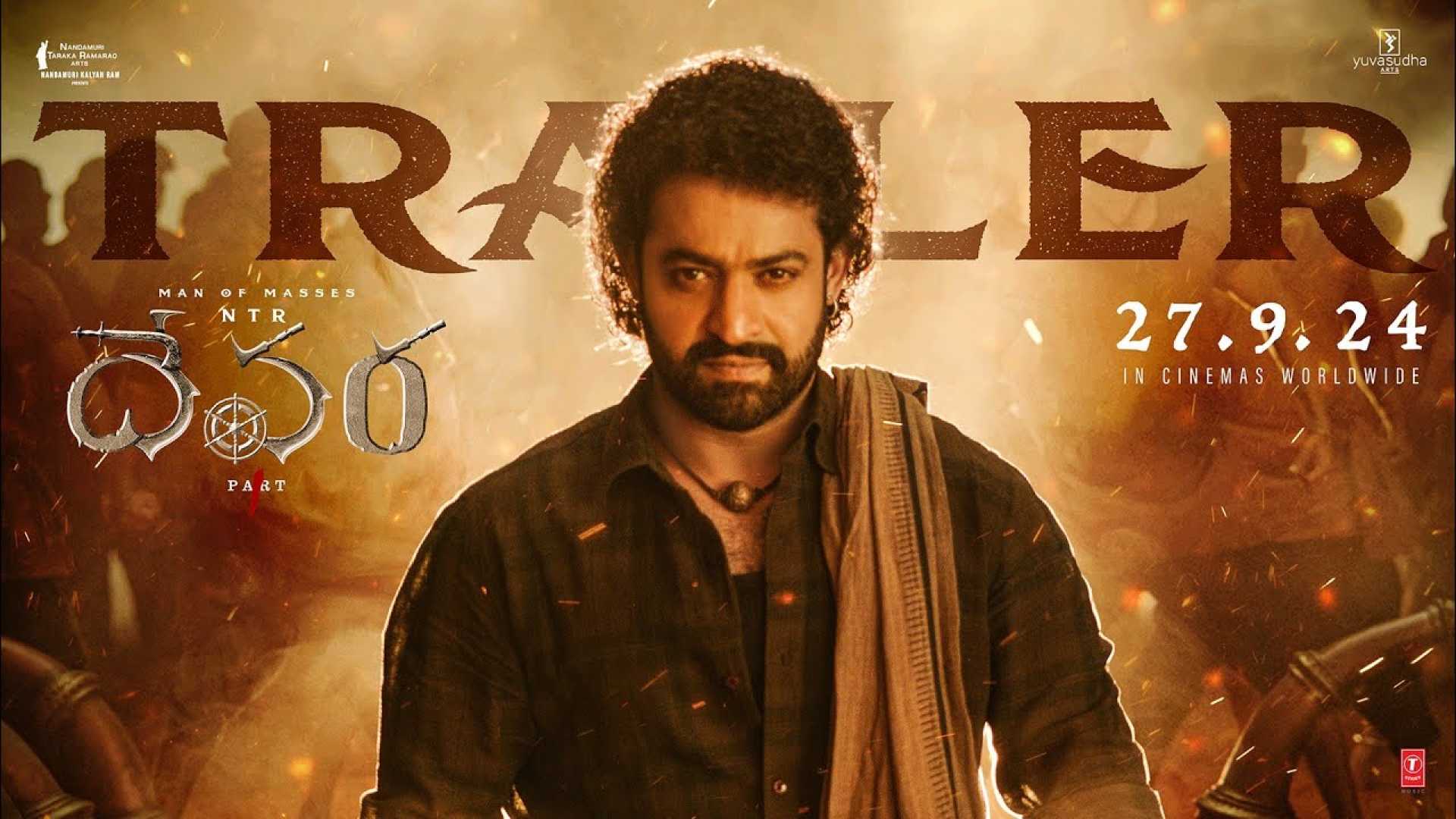Entertainment
Devara: Part 1 Struggles to Capture Audiences Despite High Expectations

Nearly a decade after S.S. Rajamouli’s “Baahubali – The Beginning” captivated audiences with its cliffhanger, the Indian film industry continues to produce ambitious projects designed to spawn sequels. This trend offers filmmakers the opportunity to explore intricate storytelling and character development. However, it often risks straining the narrative, leaving audiences with unresolved plots and a tantalizing promise of future installments.
The Telugu film “Devara: Part 1,” directed by Koratala Siva, represents the latest installment in this storytelling practice. The movie stars NTR in a dual role, alongside Janhvi Kapoor and Saif Ali Khan, and has been dubbed in multiple languages. Despite its vibrant musical score and visually impressive sequences, the film prompts viewers to question the necessity of a sequel.
The storyline unfolds in a fictional coastal town where a police officer aims to tackle maritime crime, discovering a legend known as ‘Devara’ that governs the seas. The film, set in the year 1996 during India’s preparations for the Cricket World Cup, uses this historical backdrop to journey into the past, unraveling the myth of Devara, played by NTR.
The narrative explores themes of courage and fear through the lens of four clans residing by the coast. It diverges from traditional tales of oppression and instead examines what individuals might accomplish in the absence of fear. NTR’s dual portrayal of Devara and his son Vara highlights the former’s struggle to instill a morally upright life free from corruption among his people, contrasting with the pragmatic and sometimes ruthless Bhaira, enacted by Saif Ali Khan.
The film is visually enriched by Rathnavelu’s cinematography, capturing nocturnal seascapes contrasted with warm village scenes lit by bonfires and lamps. Sabu Cyril’s production design effectively conjures a coastal world infused with mystery. Meanwhile, Anirudh Ravichander‘s music injects energy, alternating between traditional and rock influences.
Nevertheless, the film also succumbs to common pitfalls. The character arcs of Bhaira and the supporting cast, including Prakash Raj and others, are underdeveloped, leaving significant potential unexplored. Janhvi Kapoor, in her role as Thangam, is given little room to move beyond superficial romantic elements.
NTR’s performance does manage to bring depth to his roles despite the sporadically weak script. Notably, scenes such as the Ayudha pooja and key confrontations emphasize his character’s complexity. However, these moments are sporadic and sometimes overshadowed by predictable plot developments.
The movie concludes with a cliffhanger, reminiscent of “Baahubali,” aiming to set up anticipation for its sequel but ultimately leaving the story feeling incomplete. As the film continues its theatrical run, it’s poised to attract viewers with its promise of expansive storytelling in forthcoming installments.












